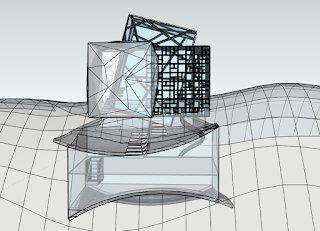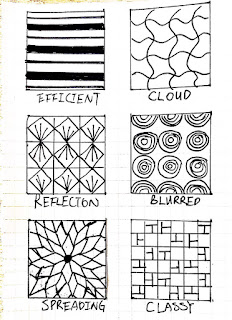WK4

FINAL MODEL Overall viewl Side View Top view The upper section is mainly made out of glass to reinforce the idea of 'stunning' and the pattern of different block has different meanings- classy and firm. The lower section, I used lots of curve to emphasise the freedom and path that cycles has. I also use the 'efficient' sketch on the roof and bottom for the revival cycle to further emphasise its organic shape. These two different form, one is rigid and one is organic, creates a contrast. VIDEOS https://youtu.be/serOk53kG2k SECTION https://youtu.be/6P3oSSMvRg4 MATERIAL https://youtu.be/hRcgUkH3-PM



